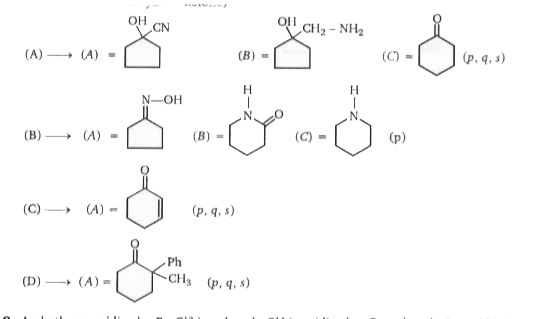Match the Column (I) and Column (II). (Matrix)

 Solution in Kannada
Solution in Kannada
The correct Answer is:A - p, q, s; B - p; C - p, q, s; D - p, q, s
Topper's Solved these Questions
- ALDEHYDES AND KETONESBook:MS CHOUHANChapter:ALDEHYDES AND KETONESExercise:LEVEL-2
Explore 16 Videos
- ALCOHOL,ETHERS AND EPOXIDESBook:MS CHOUHANChapter:ALCOHOL,ETHERS AND EPOXIDESExercise:SUBJECTIVE PROBLEMS
Explore 1 Video
- ALKYL HALIDES (ELIMINATION REACTION) Book:MS CHOUHANChapter:ALKYL HALIDES (ELIMINATION REACTION) Exercise:LEVEL-2
Explore 23 Videos
Similar Questions
The following questions refer to the compounds (A to G) shown below :
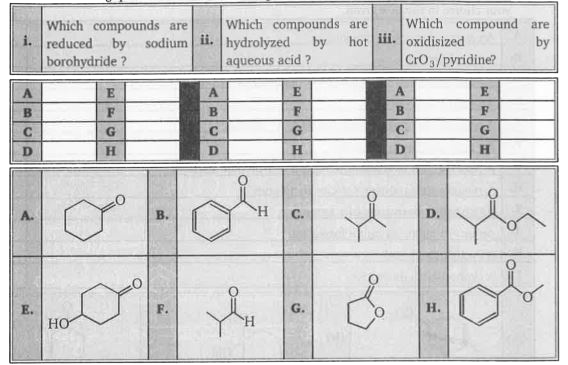
View Solution
Maximum number of moles of Ac2O consumed by reactant (A) is :
View SolutionComprehension
E2 raction → Elimination bimolecular
In the general mechanism of the E2 reaction a strong base abstract a proton on a carbon atom adjacent to the one of the leaving group. As the abstracts a proton , a double bond forms and the leaving group leaves.
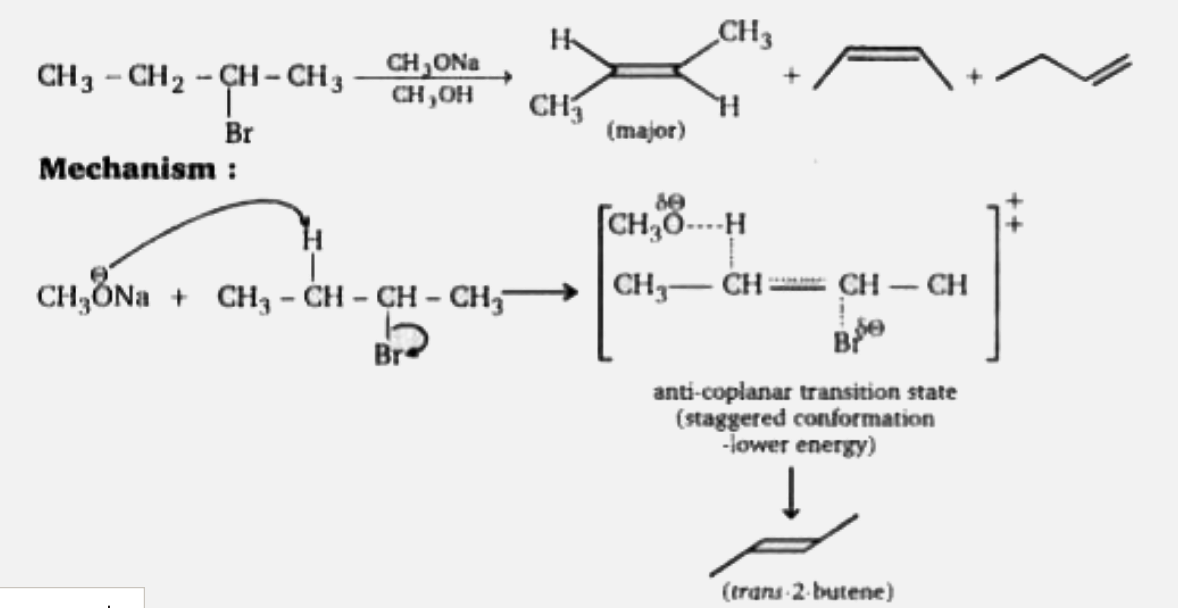
Identify the rate of reaction of given compounds in E2 reaction:
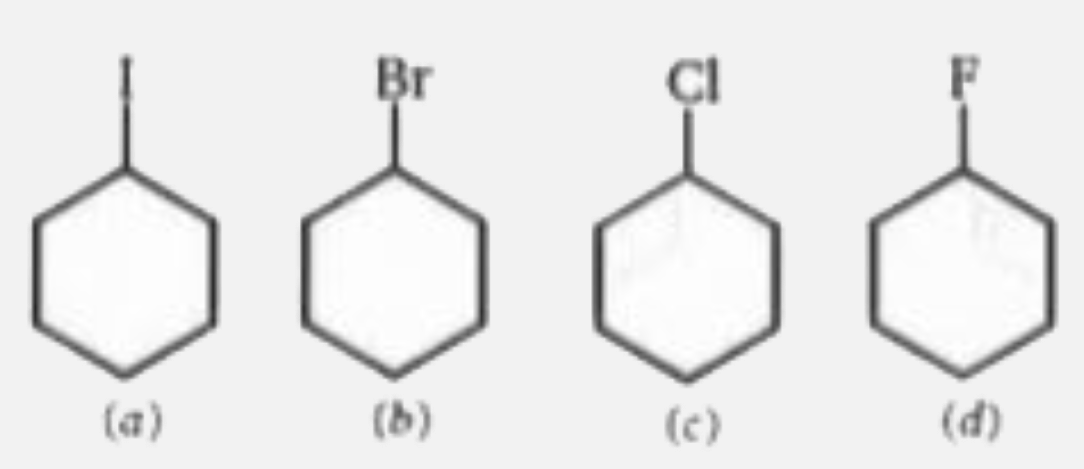
View SolutionMatch the column (I) and ((II). (Matrix)
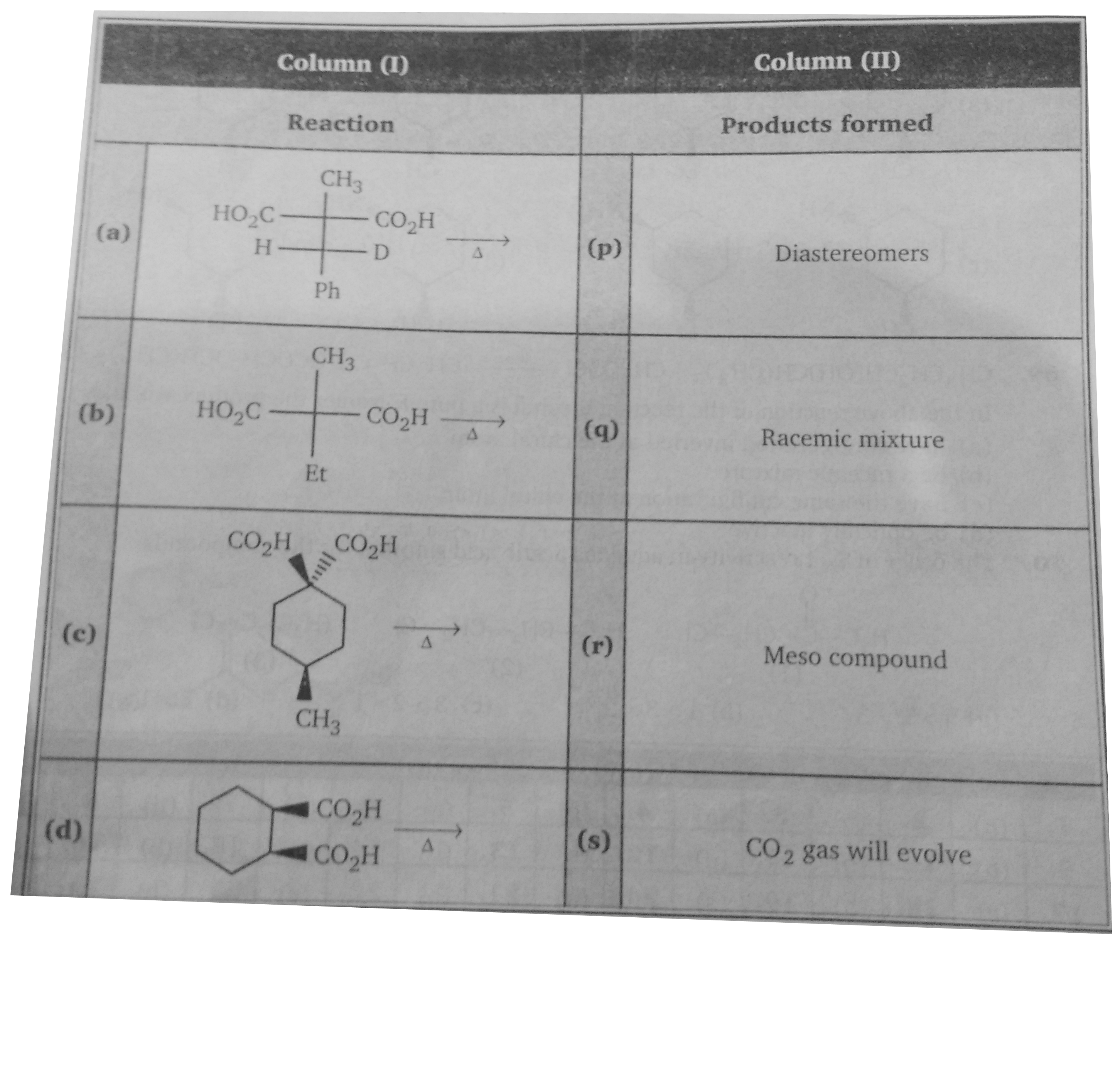
View SolutionMatch the column (I) and (II) .(matrix)
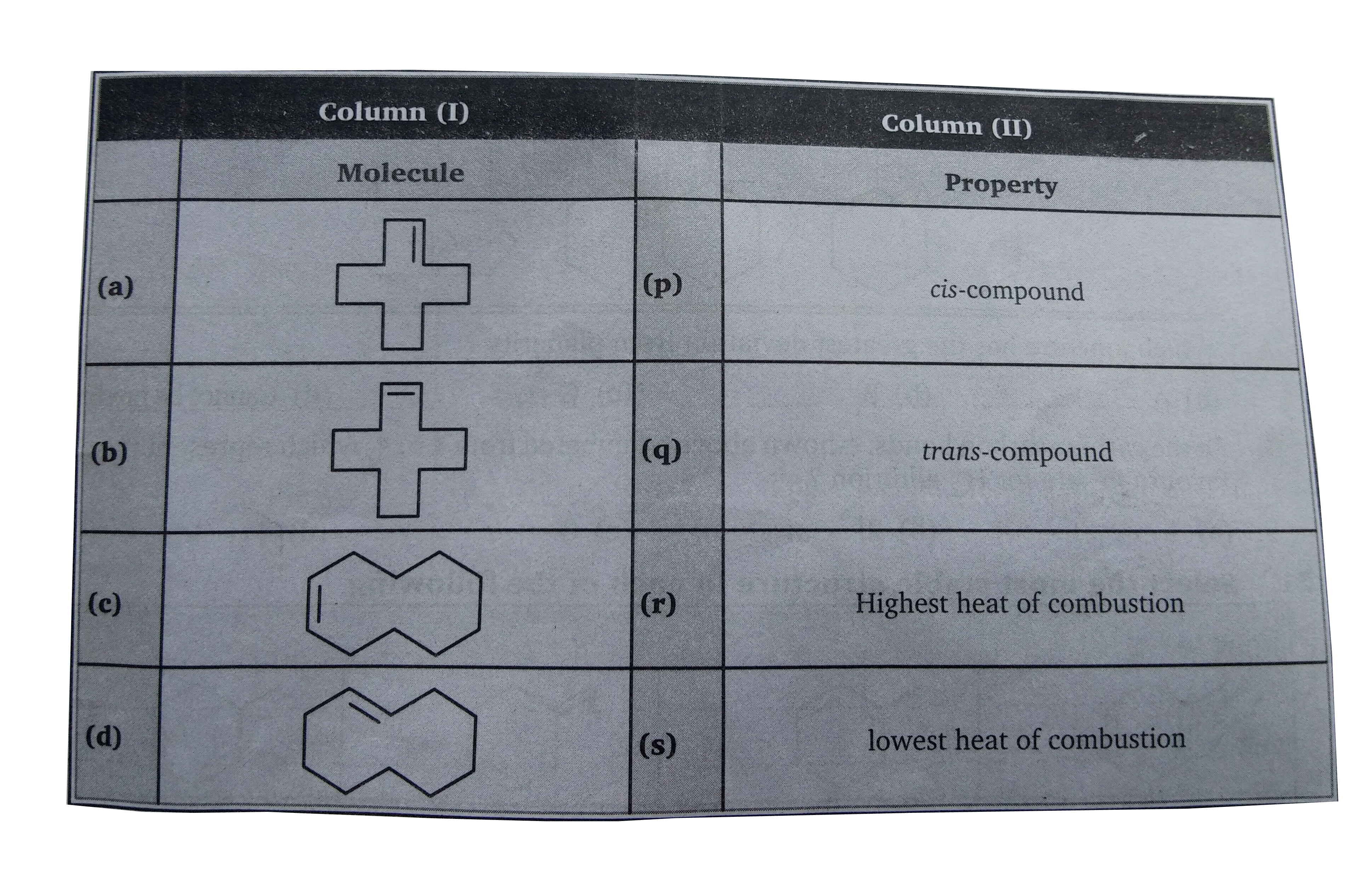
View SolutionMatch the column I and II. (Matrix)
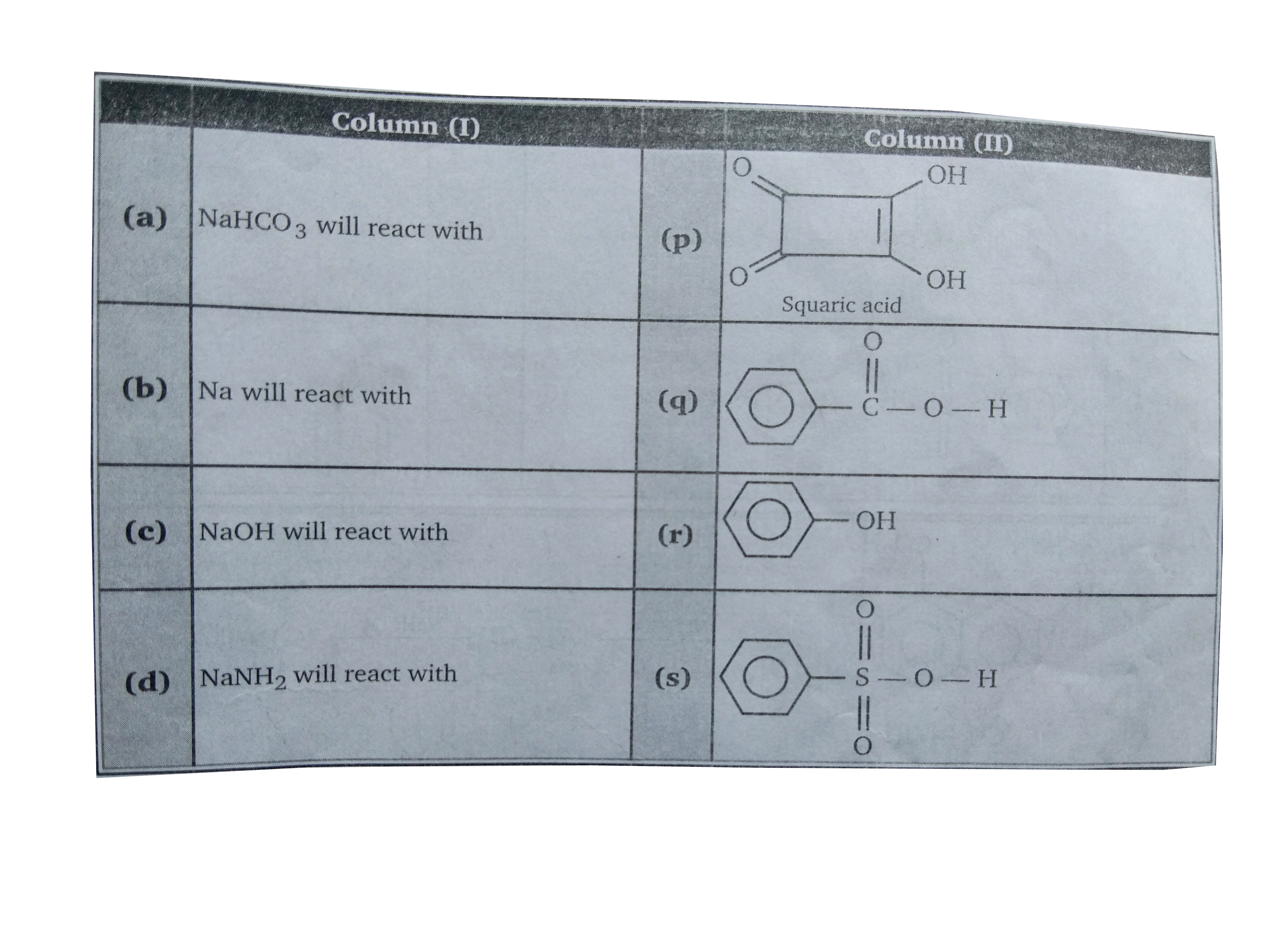
View SolutionMatch the Column (I) and (II). (Matrix)
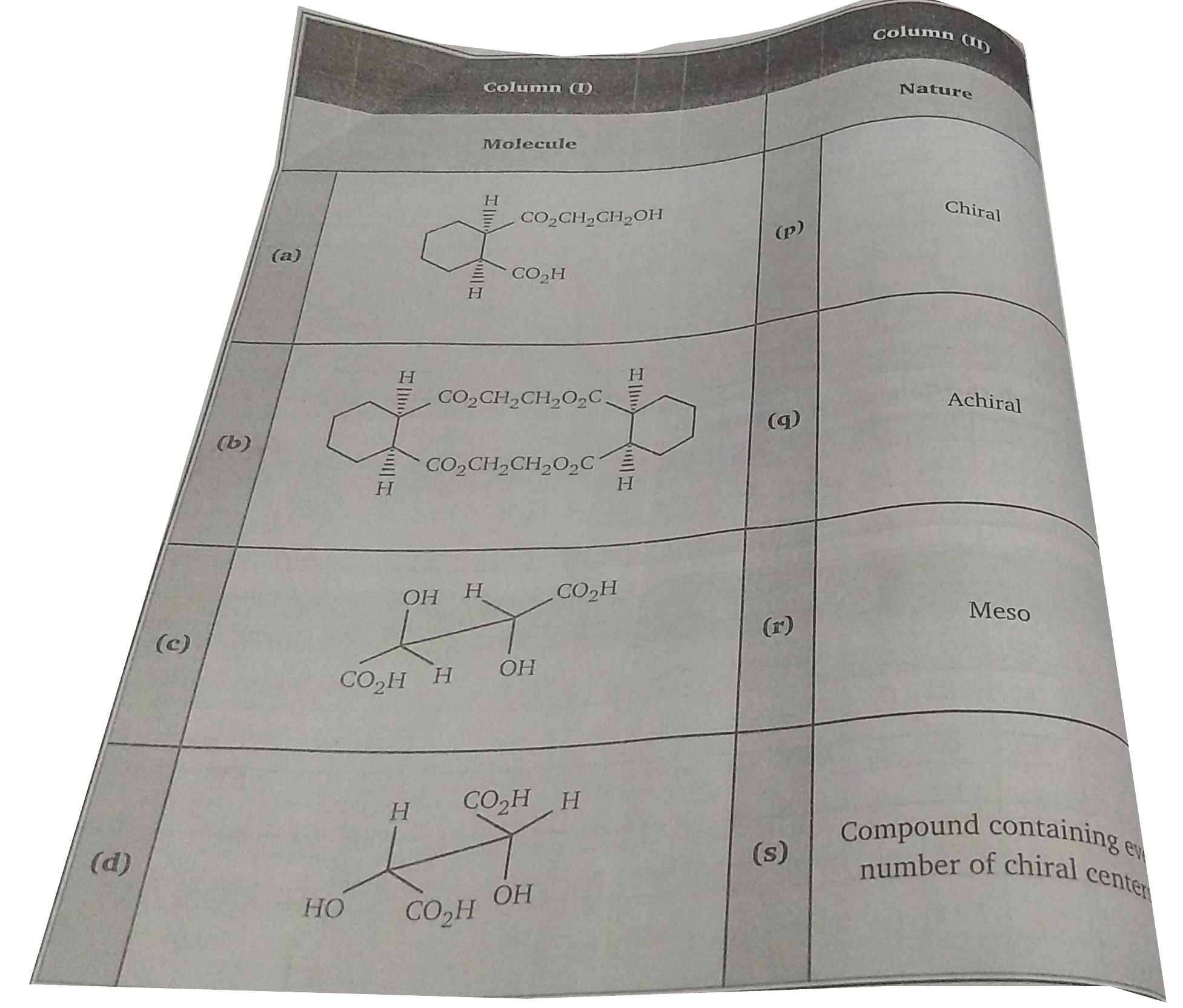
View SolutionMatch the column (I) and (II). (Matrix)
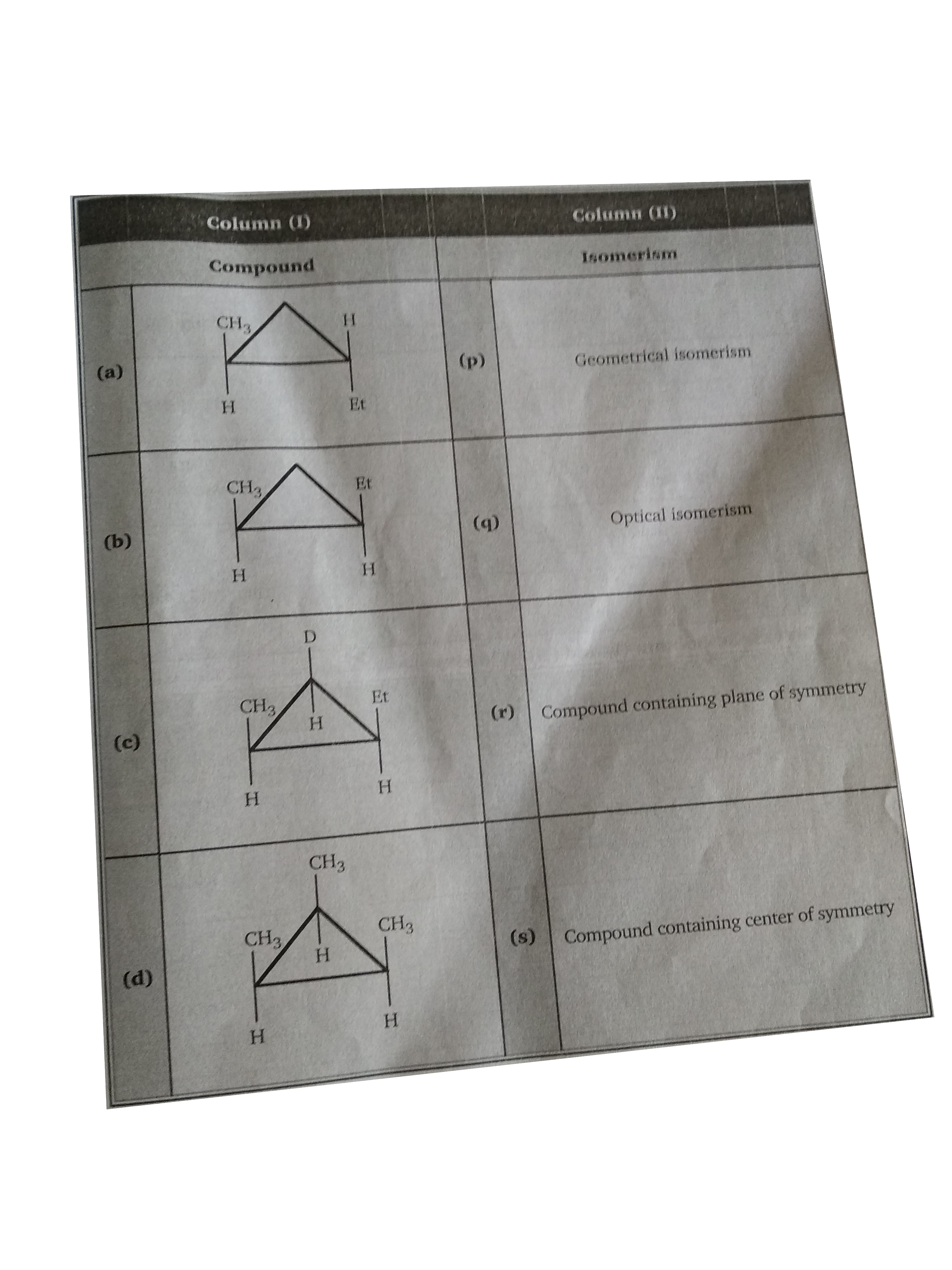
View SolutionMatch the column (I) and (II). (Matrix)
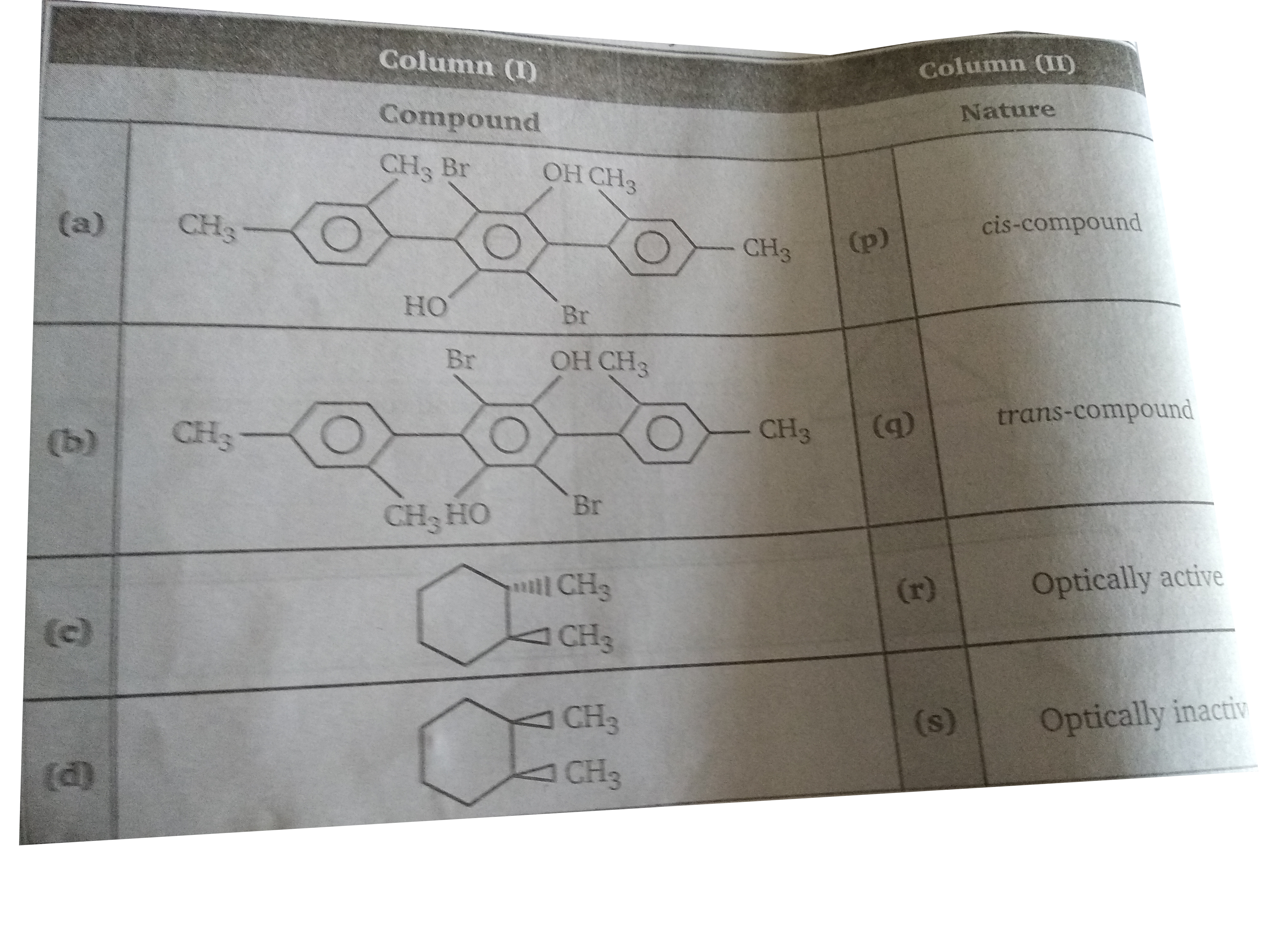
View SolutionMatch the column (I) and (II). (Matrix)
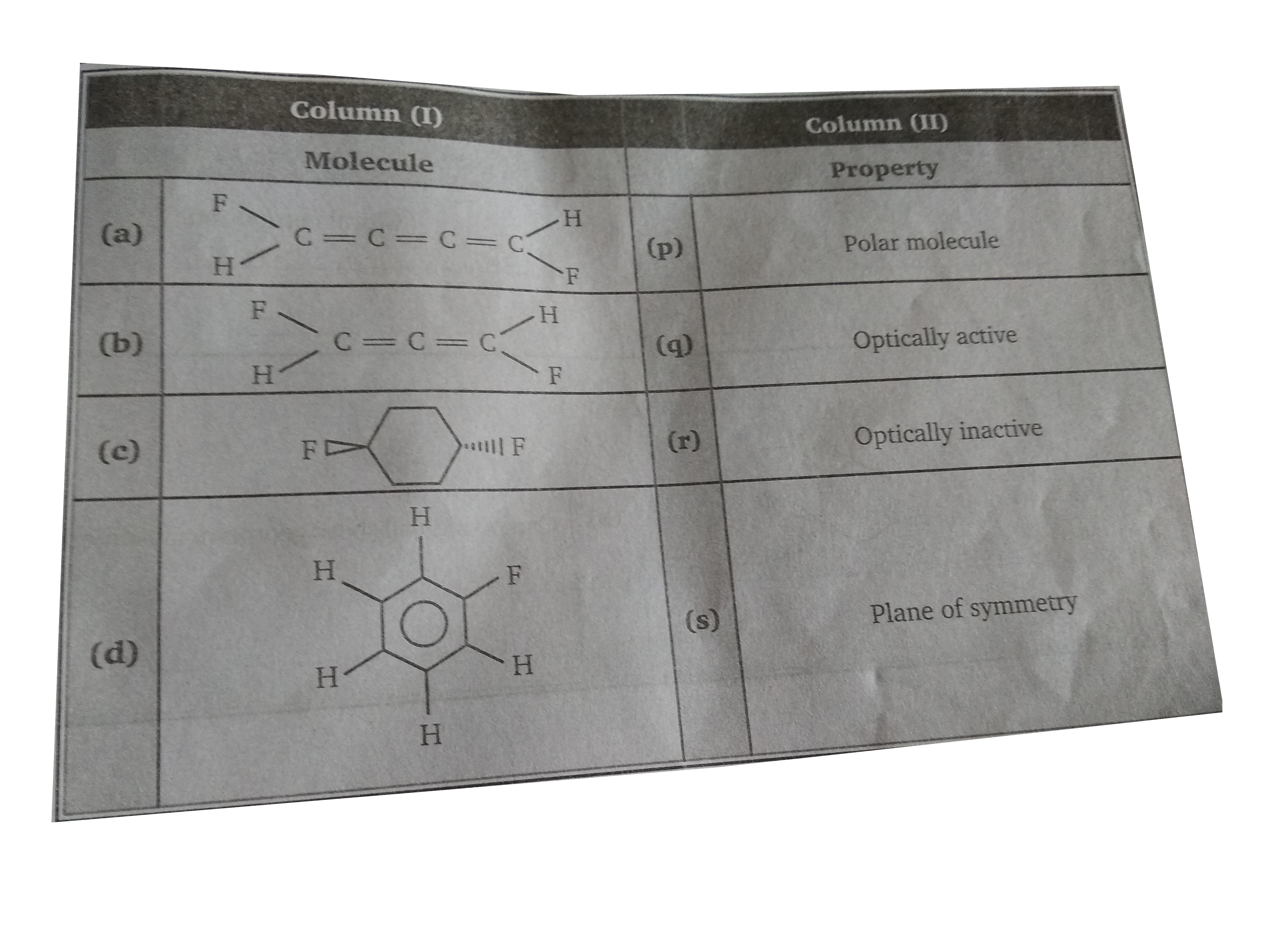
View SolutionMatch the column (I) and (II). (Matrix)
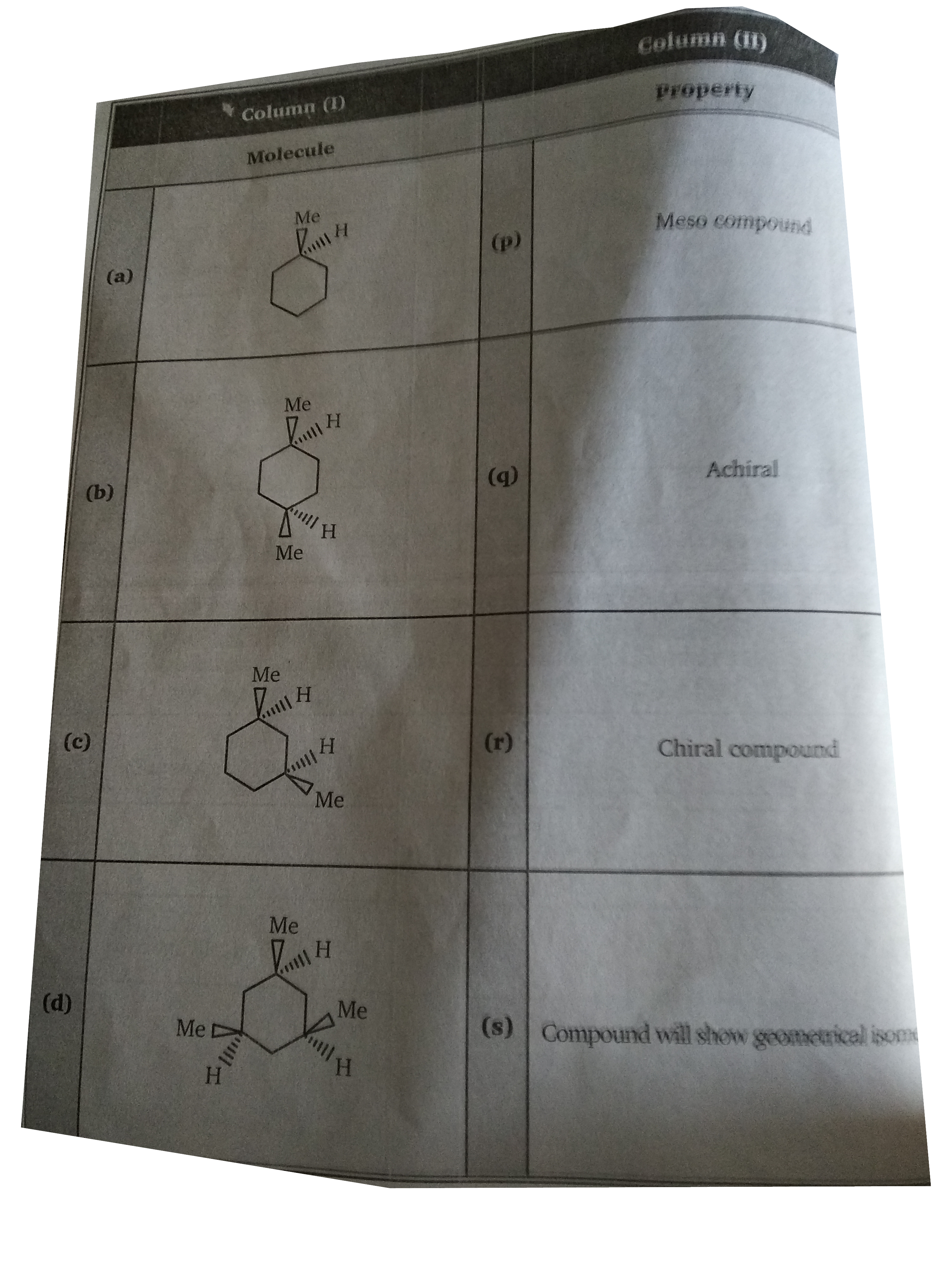
View SolutionMatch the column (I) and (II). (Matrix)
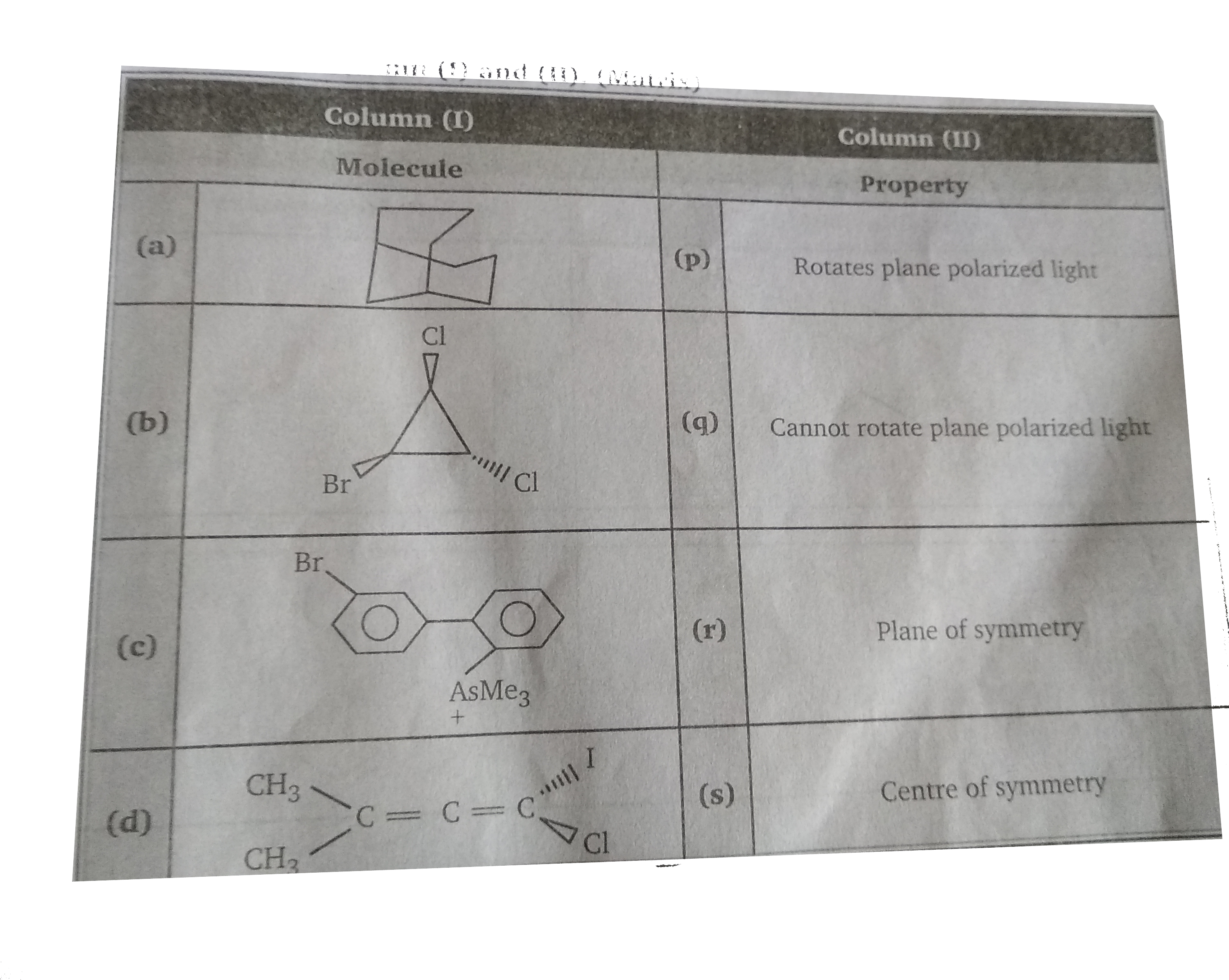
View SolutionMatch the column (I) and (II). (Matrix)

View SolutionMatch the column (I) and (II). (Matrix)
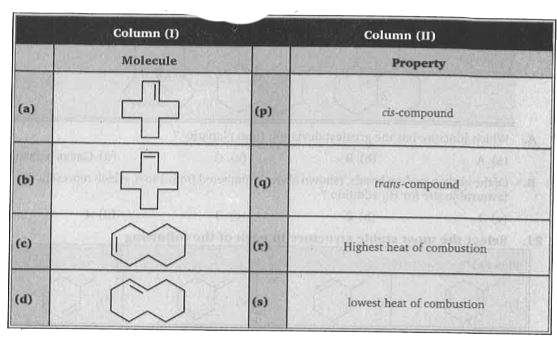
View SolutionMatch the column I and II. (Matrix)

View SolutionMatch the column I and II. (Matrix)

View Solution

